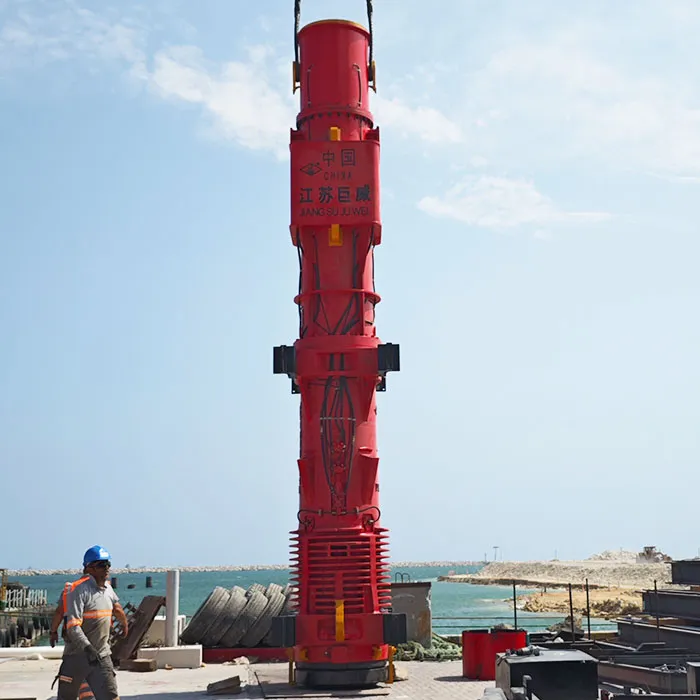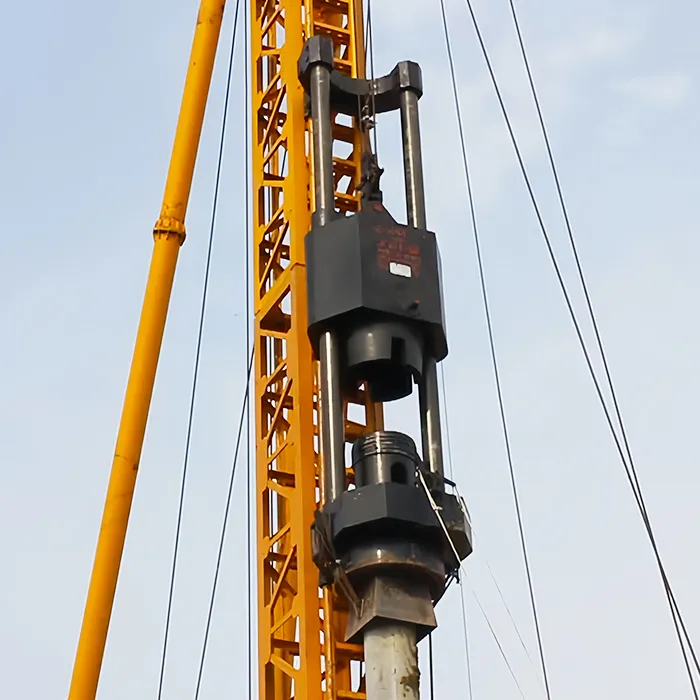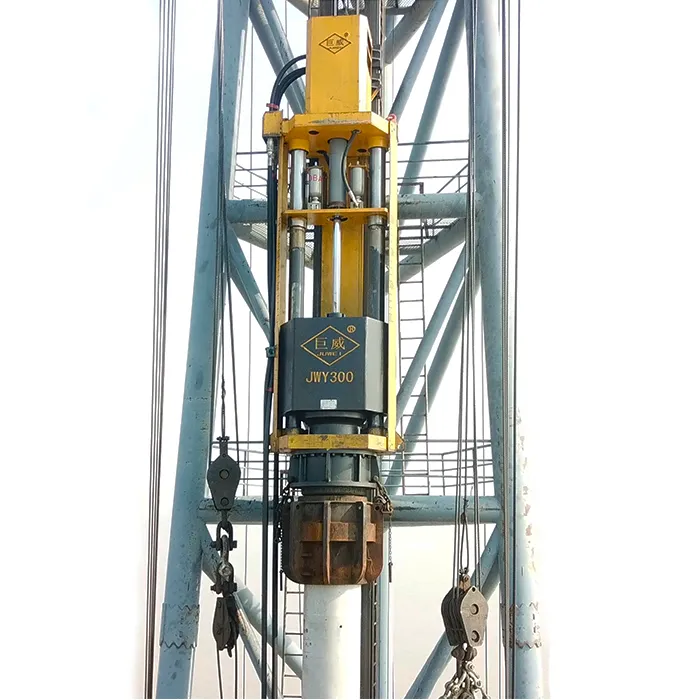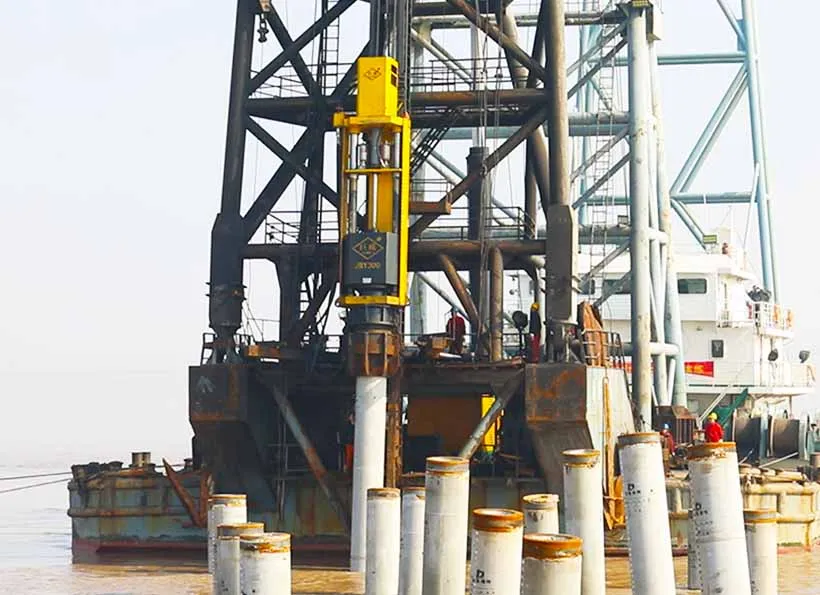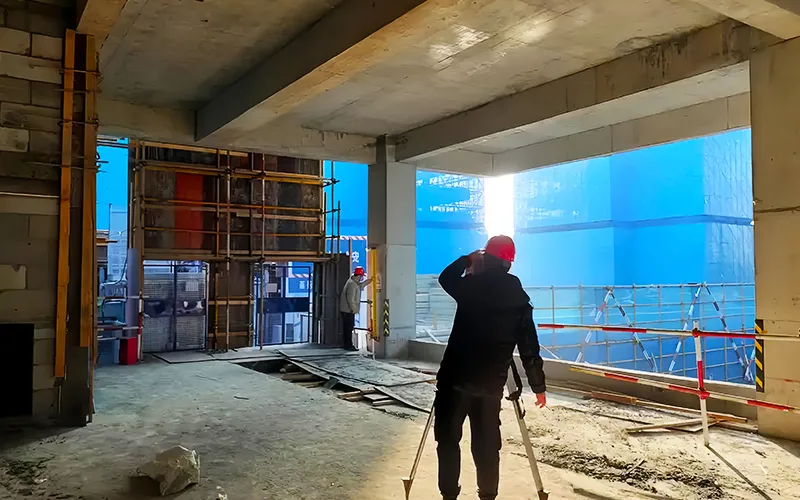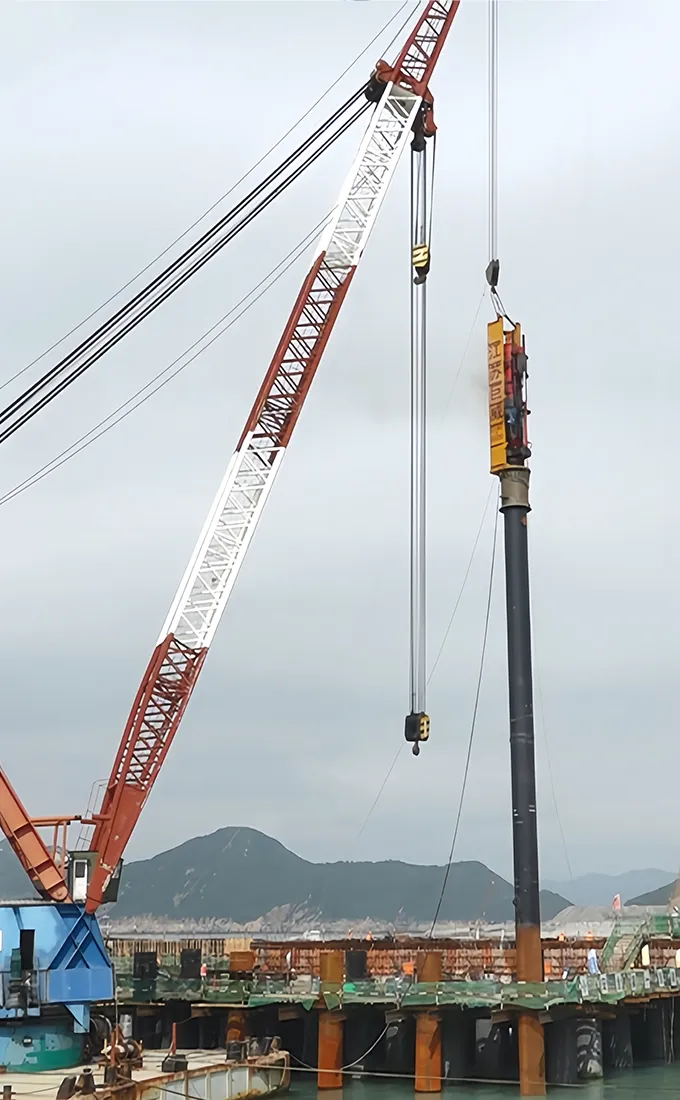In my 20 years of experience in pile foundation work. I’ve seen contractors lose tens of thousands—sometimes over $50,000—just by avoidable pile driving equipment mistakes. And yet, the same errors keep happening.
From mismatched equipment to skipped site checks, poor upkeep, or overlooking safety and environmental factors—these slip-ups don’t just slow projects down. They lead to costly delays, rework, or even total failures. Getting it right the first time isn’t just about efficiency; it’s about protecting your bottom line.
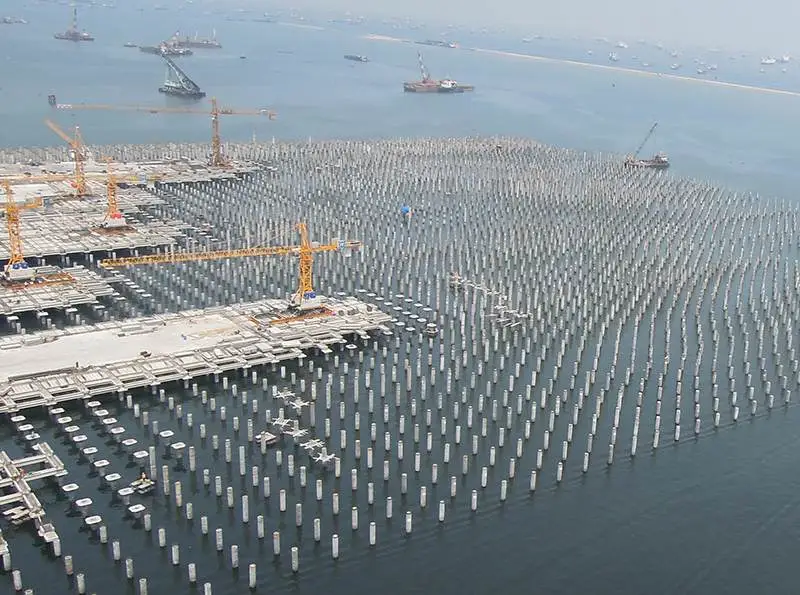
What equipment is best for different soil conditions?
You wouldn’t use a sledgehammer to crack an egg, so why choose the wrong pile driving equipment for the wrong soil? I’ve seen countless projects delayed because a vibratory hammer was chosen for dense clay and a diesel hammer was chosen for loose sand.
Equipment selection should match soil conditions. Diesel hammers or hydraulic hammers for medium-density soils or hard soils and rocks. Vibratory hammers for sandy or loose soils. Drilling rigs can be used in environmentally restricted areas.
Sandy Soils
Remember a cofferdam project in Turkey where the client wasted three days using an impact hammer. Switching to a vibratory machine reduced installation time by 40%.
Clay Soils
A few years ago in Nanjing, China, I watched a vibratory hammer being used on clay soils, bouncing uselessly for hours. Later, a hydraulic impact hammer was switched and we had the required pile foundation depth in 1 hour. Some soils will only respond to precisely applied force.
Rocky Soils
When it comes to rocky soils, nothing beats the raw impact energy of a diesel hammer. These machines convert explosive force directly into drive energy. In one offshore wind project, we unexpectedly hit bedrock at 15 meters. Our hydraulic hammer struggled, but we broke through the resistance using a diesel hammer.
How important is site investigation before pile driving?
I rushed a project once without proper site testing. Found underground utilities the hard way – with our pile driver. Two days of work lost, a hefty repair bill, and one very angry client later, I learned my lesson.
A site survey before piling can verify soil conditions, underground obstacles, groundwater levels and potential pollution issues. A comprehensive inspection will help you choose the right piling equipment and piling methods. Skipping this step may lead to project delays and safety hazards.
Beyond Basic Testing
Standard penetration tests (SPT) complement CPT data by collecting actual soil samples. This tells you not just resistance levels but the exact composition – critical when you’re deciding between vibratory and impact hammers.
Groundwater investigation is equally crucial. High water tables change everything about your approach. On a coastal project in 2019, we discovered groundwater 2 meters higher than reports indicated. This forced us to switch to longer casings and different sealing methods. changes we could make before mobilizing equipment because we did proper testing.
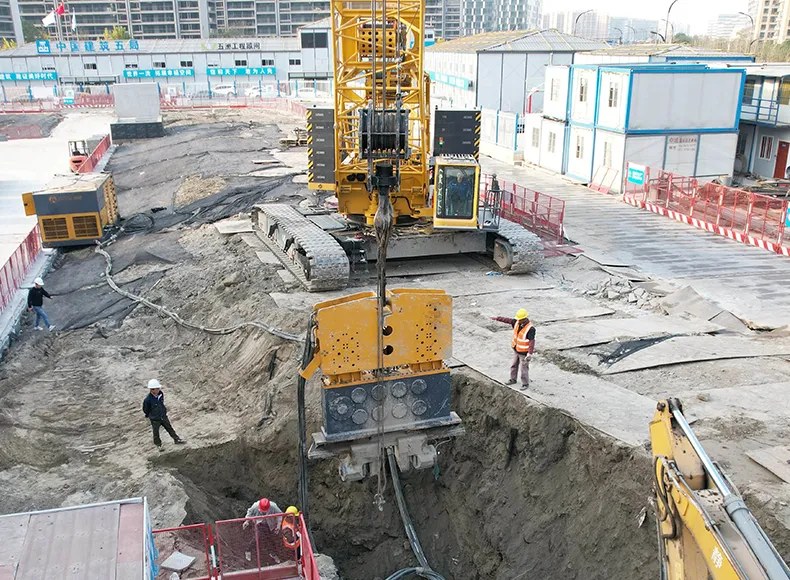
How does poor maintenance affect pile driving equipment?
You know that sinking feeling when you realize a small oversight just cost you big time? That’s exactly what happened to one of our clients in Indonesia. Their crew skipped some routine maintenance on a pile driver. Fast forward two weeks—$20,000 in repairs.
Improper maintenance of piling equipment can lead to many problems. For example:
- Reduced work efficiency
- Frequent unexpected failures
- Shortened equipment life
- Increased fuel consumption
Maintain by device type
For hydraulic hammers, focus on seals, fluid levels, and hydraulic systems. Even minor leaks can introduce air into the system, leading to malfunctions.
Diesel hammers need to pay attention to fuel injectors and impact blocks. I once saw a contractor ignoring the small cracks formed on the impact block. Three days later, it shattered during driving and metal fragments flew over the construction site.
The vibration hammer requires regular inspection of the bearings. These bearings are subjected to enormous pressure, and when they fail, they usually take away the relevant components.
Regular maintenance is required. Daily inspections are performed before equipment operation. At the same time, mirror maintenance is performed weekly and monthly to ensure safety.
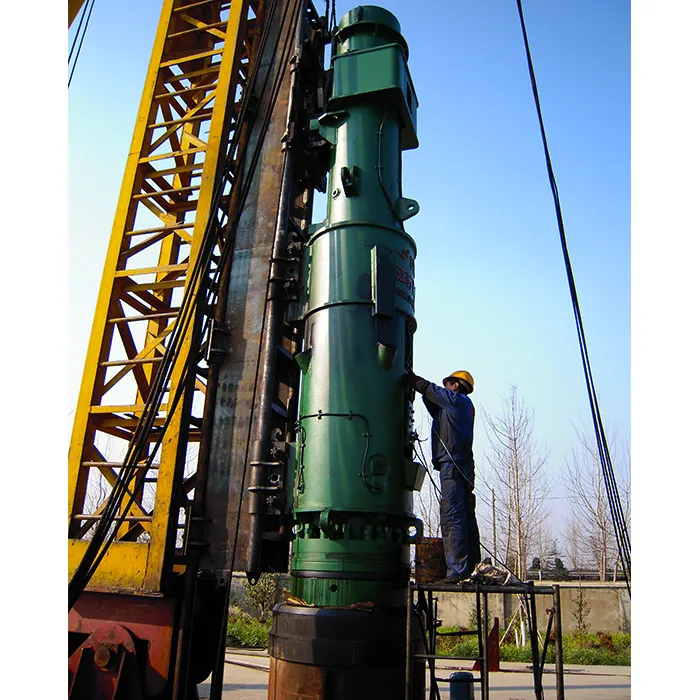
Pay attention to regional noise regulations
Noise regulations for piling vary from country to country. In cities, in particular, there are often limits on decibel levels and working hours. So it is up to the contractor to be aware of local noise regulations. If the noise is not compliant, there is a high likelihood of a fine.
To reduce noise, mitigation measures such as noise barriers, covers around the equipment and pre-drilling can be taken. Wrapping the hammer and the upper part of the pile with a soundproof blanket can reduce the noise appropriately.
Hydraulic hammers produce less noise than diesel hammers. Or turn down the energy during noise-sensitive periods while still maintaining productivity. Many newer models now have internal damping systems designed specifically to reduce noise.
How can you improve pile driving safety protocols?
Safety in piling – it’s a matter of life and death. Good safety isn’t expensive – accidents are. Effective safety procedures prevent costly injuries and downtime.
On a project in Peru in 2020, we had a situation where a 30m pile unexpectedly moved during piling. It was less than a metre away from the operator but landed in our no-man’s-land exclusion zone. This near miss reaffirmed the need for safety procedures.
Ways to improve piling safety:
- Implement comprehensive and effective training
- Perform daily equipment inspections
- Create construction exclusion zones
- Workers wear personal protective equipment
- Monitor weather conditions
- Perform regular safety audits
What are common hammer sizing mistakes?
Oversizing or undersizing a hammer can cause problems. If you get it wrong, you can either damage the pile or waste days of effort and not reach the designed depth.
On a 2018 bridge project, the contractor selected a large diesel hammer to drive 24-inch concrete piles. The hammer delivered too much energy to the concrete, causing micro cracks that were not visible during the pile driving process but compromised the structural integrity. They had to pull out and replace nine piles at great expense.
You can use a systematic approach to hammer sizing, such as:
- Calculate the minimum energy required based on the ultimate pile capacity, which is usually 1-2% of the ultimate capacity per blow.
- Use the dynamic drag coefficient to adjust for soil conditions. Dense or cohesive soils have higher drag coefficients, loose or granular materials have lower drag coefficients.
- Consider pile material limitations. Steel can generally withstand higher hammer energy than concrete or wood.
- Consider cushioning materials and their effect on energy transfer efficiency.
- Consider environmental limitations, such as noise limits or vibration limits.
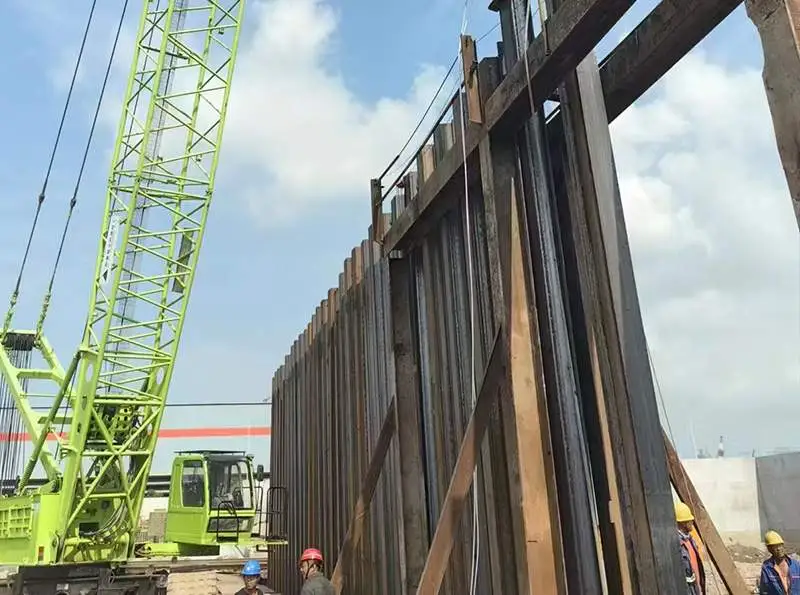
How do environmental impacts affect pile driving choices?
Environmental protection is now advocated in many places. Environmental factors affect piling, including restrictions on equipment types and working hours. It may be necessary to monitor noise and vibration, and the amount of pollutants discharged cannot exceed a certain value. Failure to address these effects may result in project shutdowns, fines and permanent environmental damage.
When piling in or near water bodies, it is the most stringent requirement faced by construction. It is necessary to prevent hydraulic oil from leaking into protected waterways.
We must be familiar with the Marine Environmental Protection Act, Animal Habitat Protection Act, Soil and Groundwater Protection Act, etc. Then choose our equipment. For example: contaminated fuel can be replaced with biodegradable fuel. The pipelines and hydraulic cylinders of the hydraulic system must be safe and leak-proof.
Conclusion
After 20 years of piling, I have identified these seven mistakes as the reason for choosing the wrong piling equipment. Do your homework, maintain your equipment, follow the regulations, and choose the right tool for the job.


